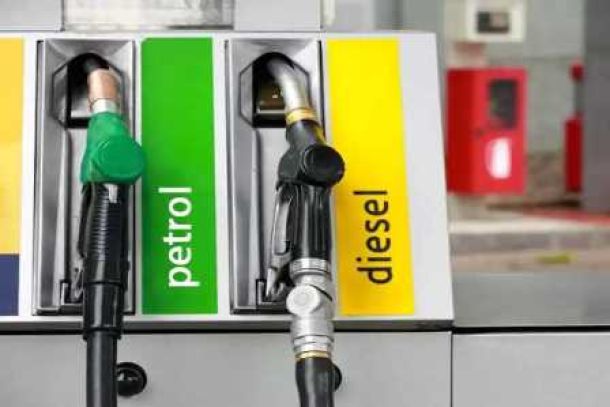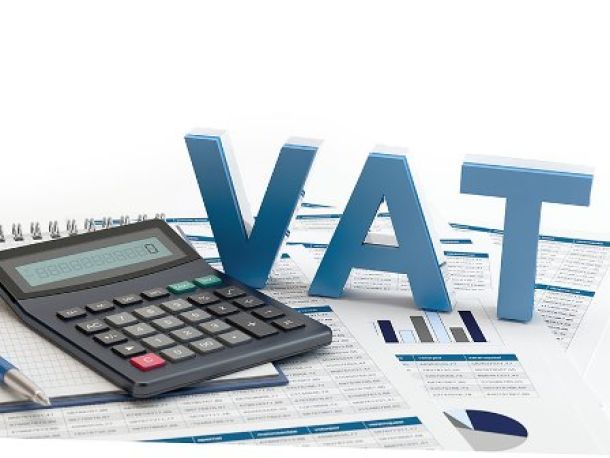Load shedding in 2020 has been the worst on record
Eskom has already set a record this year for power outages, new data from the Council for Scientific and Industrial Research (CSIR) shows.
The data, which has been tabled by Bloomberg, shows that of 2 September the country has experienced around 1,500 gigawatt hours worth of total power outages. The country had seen closer to 1,300 gigawatt hours worth of outages in 2019 and 2015.
In an Eskom presentation to parliament on Wednesday (2 September), the power utility’s executives said that the nation can expect power supply to be unreliable and unpredictable as it repairs its poorly maintained generation plants over the next 18 months.
In the event that unplanned breakdowns exceed forecast levels, Eskom said that the country could see up to stage 3 load shedding until March 2022.
“For the remainder of the 2020 – 2021 full year, it is envisaged that load shedding will be required from August to December 2020 and in February to March 2021 for the Unplanned Capability Loss Factor (UCLF) at 11,000 MW,” it said.
“In the following full year, at 11,000 MW of UCLF, it is envisaged that that load shedding will be required in June to July 2021.” UCLF measures the lost energy due to unplanned production interruptions resulting from equipment failures and other plant conditions.
Eskom previously stated it needed to keep these unplanned outages below 9,500MW to avoid load shedding altogether. This is the level at which it can comfortably meet demand.
Stage 4 load shedding
South Africa is likely to extend its record power cuts for the remainder of 2020 after Eskom announced it will move to stage 4 load shedding at 15h00 on Wednesday.
The power utility said that it expects the latest round of cuts to continue through the rest of the week.
The group is also dealing with a ballooning debt problem which stands at R488 billion at the end of March – almost 11% more than it owed a year earlier.
Besides being denied the tariff increases it requested by the electricity regulator, Eskom has also been grappling with breakdowns at its old and poorly maintained power stations and massive cost over-runs at two new plants.
Inadequate generating capacity has resulted in rotating power cuts that have reached new heights this year and dealt a further blow to an already struggling economy.
Power prices need to rise 25% in real terms for Eskom to become sustainable, Eskom Chief Financial Officer Calib Cassim told parliament’s Standing Committee on Appropriations.
He noted that the average price of electricity has increased five-fold since 2007-08, while Eskom’s debt grew nearly 10-fold. The utility’s tariffs rank among the lowest in the world, he said.
Eskom produces most of its electricity from coal, and the fuel is among its biggest costs. Negotiations with suppliers had failed to deliver cost-saving, the utility said.
News Category
- International retailers
- On the move
- Awards and achievements
- Legislation
- Wine and liquor
- Africa
- Going green
- Supplier news
- Research tools
- Retailer trading results
- Supply chain
- Innovation and technology
- Economic factors
- Crime and security
- Store Openings
- Marketing and Promotions
- Social Responsibility
- Brand Press Office
Related Articles

Empowering South African households through gro...

SPAR shares practical tips to beat food inflation

South African motorists could be paying up to R...

Big VAT changes on the cards



